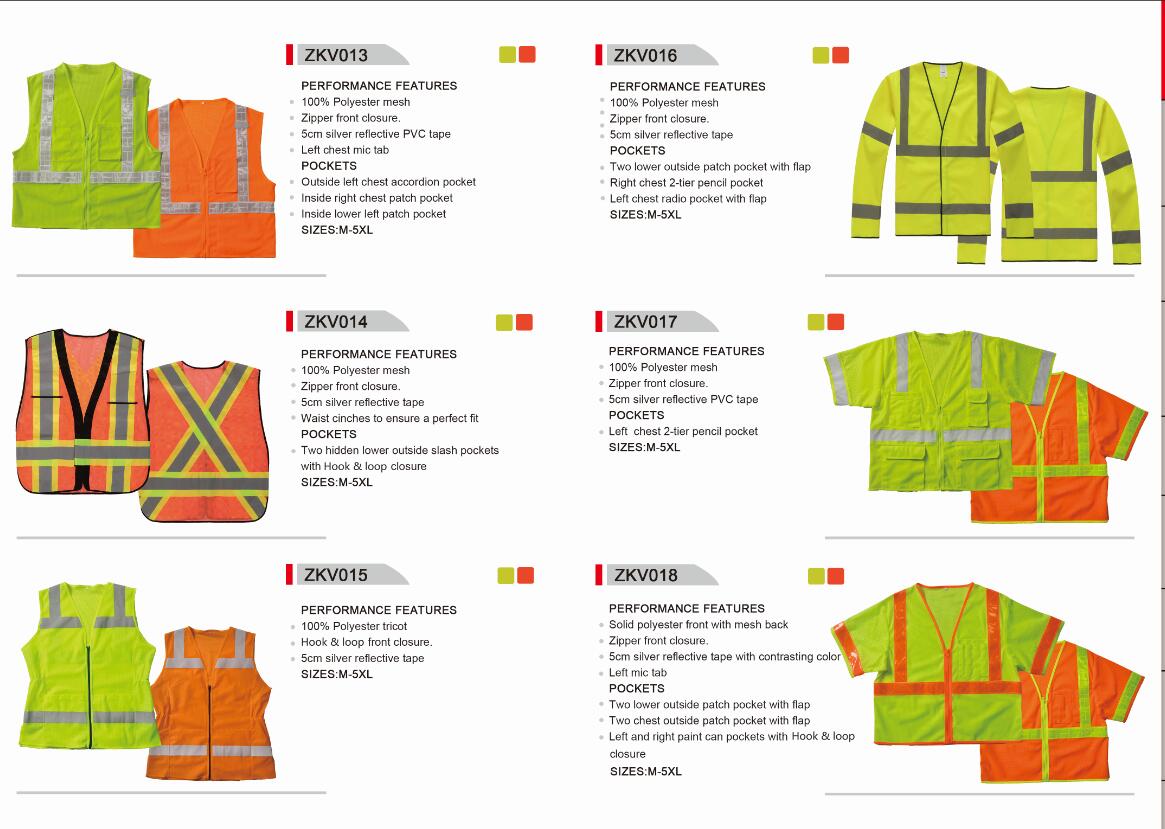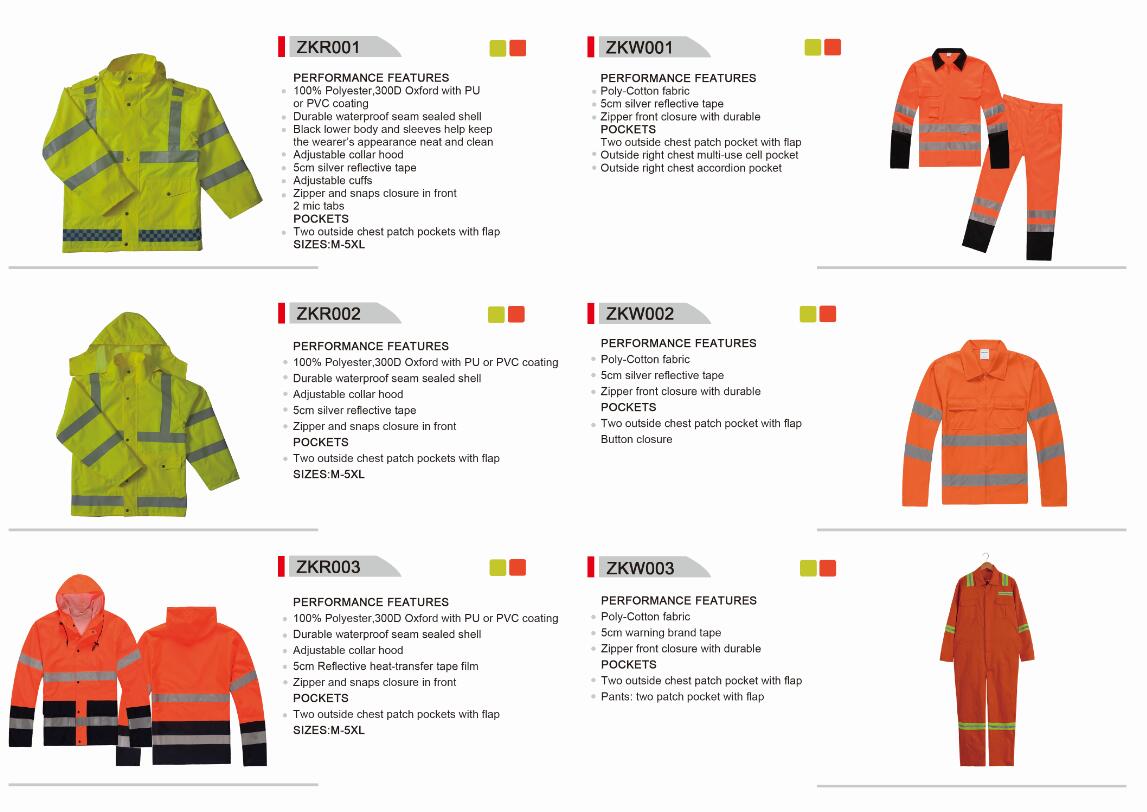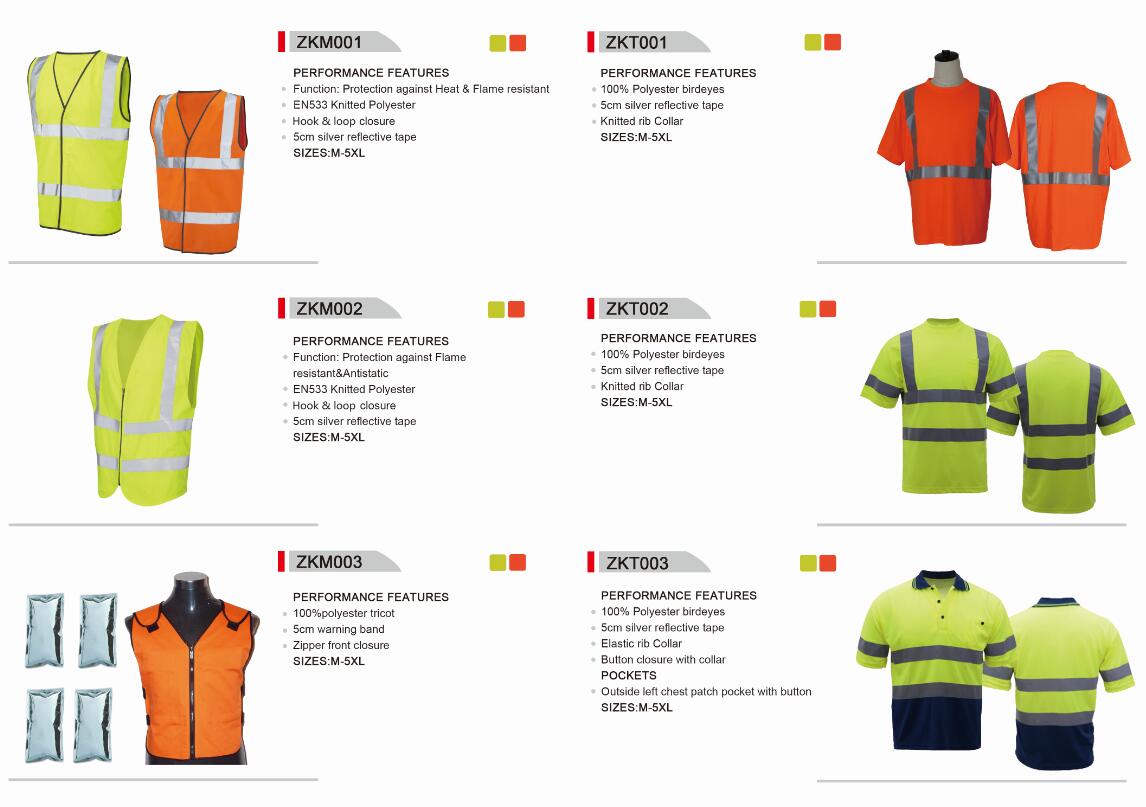2. The purpose of surface modification (1) to improve the dispersibility, stability and compatibility of the powder particles.
(2) Improve the chemical stability of the powder particles, such as drug resistance, light resistance, weather resistance and the like.
(3) Changing the physical properties of the powder, such as optical effects, mechanical strength, and the like.
(4) For environmental protection and safe production purposes.
3. Powder surface modification method (1) Physical coating A surface modification method is achieved by physically treating a powder surface with a surface modifier such as a polymer or a resin. It is a process for simple modification of the surface of the powder.
The main influencing factors: particle size, shape, specific surface area, porosity, type of coating agent, dosage, usage, coating treatment process, etc. Experiments have shown that high-density spherical particles without voids have the best coating effect.
(2) Chemical coating A method of modifying the surface of particles by adsorption or chemical reaction of a modifier. In addition to modification by surface functional groups, it also includes the use of radical reactions, sol adsorption, and the like.
Influencing factors: 1 surface properties of the powder; 2 formula of surface modifier; 3 surface modification process; 4 surface modification equipment.
(3) Precipitation coating uses a precipitation reaction to form one or more layers of "encapsulation" on the surface of the particles to improve the surface properties of the powder, such as gloss, tinting strength, hiding power, color retention, weather resistance, electricity, Magnetic, thermal and bulk properties, etc.
The wet process is generally employed. The influencing factors mainly include the pH, concentration, reaction temperature and time of the slurry, particle size, shape and subsequent treatment steps (washing, dehydration, drying or roasting). Among them, pH, temperature and concentration are one of the most important factors affecting the hydrolysis products of inorganic modifiers in solution.
(4) Mechanical force chemistry The surface of the powder is activated by ultrafine pulverization and other strong mechanical actions, and the crystal structure, chemical adsorption and reactivity (increased surface active sites or reactive groups) of the surface of the particles are changed to some extent.
Activation equipment: various types of ball mills, jet mills and high-speed mechanical impact mills.
The main influencing factors: equipment type, mode of action, working environment (dry, wet, additives), time of action, and particle size and specific surface area of ​​the powder.
(5) High-energy modification and other methods High-energy modification: Surface treatment is carried out by means of ultraviolet rays, infrared rays, corona discharge and plasma irradiation, and these methods are used in combination with the above various modification methods, and the effect is better. There are also acid-base treatment, chemical vapor deposition (CVD) and physical deposition (PVD).
(6) Composite modification The method of surface treatment of powder by two or more methods, such as compounding of mechanochemical and chemical coating, compounding of precipitation reaction and chemical coating, compounding of high energy radiation and surface coating, etc. .
Mechanochemistry and surface coating treatment are to add a surface modifier during the pulverization process to achieve surface organic chemical coating modification during particle size reduction. The precipitation reaction and the surface coating treatment are performed after the precipitation coating is modified and then subjected to surface chemical coating.
4. Definition and mechanism of powder modifier Definition: Powder modifier is a chemical used to change the surface properties of powders and improve the application properties of powders.
Mechanism of action: The surface modifier usually consists of a parent matrix component and a sparse matrix component, which vary with the bulk polymer modification requirements of the bulk polymer. When it is required to increase the surface energy of the matrix polymer, the end group of the parent matrix is ​​a hydrophobic group, and the terminal group of the matrix is ​​a hydrophilic group; when the surface energy of the matrix polymer needs to be lowered, the end group of the parent matrix is ​​a pro The water group, the terminal group of the matrix is ​​a hydrophobic group. Since most polymers are incompatible, we can take advantage of this to make the pro-base component of the surface modifier designed to be well compatible with the modified polymer matrix. The compatibility between the substrates is poor, which leads to the migration and diffusion of the matrix component of the surface modifier to the surface to achieve the purpose of increasing or decreasing the surface energy.
5. Classification of modifiers Modifiers are mainly divided into two categories: organic and inorganic.
(1) Commonly used organic surface modifiers: coupling agents, surfactants, organic oligomers, unsaturated organic acids, silicones, water-soluble polymers, hyperdispersants, and the like.
(2) Inorganic surface modifiers: metal oxides and salts thereof.
6. Application fields of powder surface modification technology (1) Organic/inorganic composite materials (plastics, rubber, etc.): Improve inorganic fillers (including incremental inorganic fillers and functional inorganic fillers) and organic (polymer) binders Compatibility, improved dispersion and overall performance of the composite.
(2) Paints and coatings: Improve the dispersibility of pigments in paints and paints and improve the gloss, tinting strength, hiding power and weather resistance, heat resistance, gloss retention and color retention of coatings.
(3) Inorganic/inorganic composite materials: Improve the dispersibility of inorganic components, especially small-scale inorganic components, in a large proportion of inorganic components, such as ceramic pigments and multi-phase ceramic materials.
(4) Adsorption and catalytic materials; improve the selectivity, activity and mechanical strength of the adsorption and catalytic materials.
(5) Health and environmental protection (diatomaceous earth): For example, increasing the adsorption of diatomaceous earth on organic pollutants such as phenol and some heavy metals.
(6) Anti-agglomeration in the preparation of ultrafine and nano-powders: ultrafine and nano-powders undergo agglomeration during the preparation process, and their surface dispersibility is improved by their surface modification, thereby acting as an anti-agglomeration.
This Multi Fuction Safety Vest is an upgraded version of the base vest, special vests for special industries. Such as flame fuction safety vest benefit from flame retardant reflective tape as well as limited flame spread binding and can protect workers against occasional and brief contact with small igniting flames, in circumstances where there is no significant heat hazard and without the presence of another type of heat. But it is necessary to know that fire resistance is not equal to incombustibility; Waterproof Safety Vest can protect the wearer from getting wet and keep warm.




Multi Fuction Safety Vest
Multi Fuction Safety Vest,Road Safety Vest,Traffic Safety Vest,Police Reflective Vest
Xinxiang Zhongke Reflective Material Co., Ltd. , https://www.safetyvest.pl
